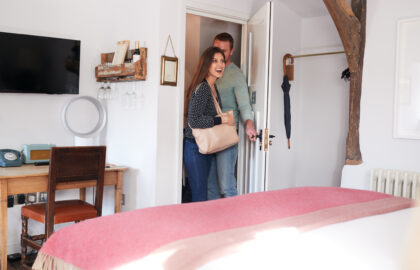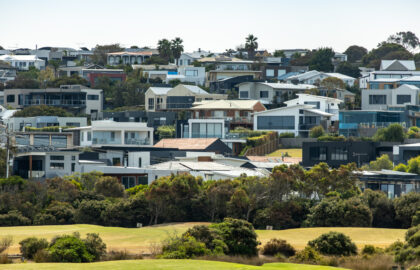
One of the most significant trends in the Australian property market during the past year for property investors has been the slow-down in the growth of rental returns.
This trend has been highlighted by the latest CoreLogic RPdata 2015 Capital Markets Report.
The report found that rental rates are rising at their slowest pace in more than a decade
Over the 12 months to January 2015, weekly rental rates have increased by just 1.7 per cent across the combined capital cities and this indicates that rents are now increasing at their slowest pace since June 2003.
The report also found that rental growth is limited for both houses and units although unit rents have increased at a faster pace over the year (2.2%) than house rents (1.7%). At the end of January 2015, the typical capital city house was renting for $489 per week and the typical unit rented for $458 per week.
It found that across individual capital cities, rental rates still increased in most cities however, Perth, Darwin and Canberra all recorded falls in rental rates.
At the end of January 2015, the typical capital city house had a gross rental yield of 3.6 per cent and the typical unit yield was 4.5 per cent. At the same time 12 months earlier, rental yields were recorded at 3.9 per cent for houses and 4.7 per cent for units.
With rental yields now under pressure, boosting rental returns is now a key issue for the owners of the rental properties.
Professionals are finding that rental properties with a high level of security are now much easier to lease and tend to have a higher rental return. Therefore, rental property owners should ensure that, for example, the property has security doors and security window locks. It also might be attractive to renters if a garage door was installed if the property has a carport.
Installing an air-conditioning unit as well as a dishwasher are two other key features that prospective tenants increasingly want in a residential property. Reverse cycle air conditioning systems are the most popular with tenants because they allow for temperature control during both the summer and winter months.
The property should also be well maintained. For example, if you own a suburban property with a garden, it good idea is to ensure that you have a gardener contracted to maintain the outdoor areas. These expenses can be built into the rent and engaging a contractor to maintain the gardens ensures that they are always maintained. Rental properties with poorly maintained gardens are more difficult to lease and achieve a lower rent compared to similar property with well maintained gardens.
Landlords can also boost their rental returns by considering leasing their property to a tenant with a pet.
Pet owners will generally pay a higher rent to secure a rental property and the landlord can request a pet bond from the tenant to cover expenses for any damage.







